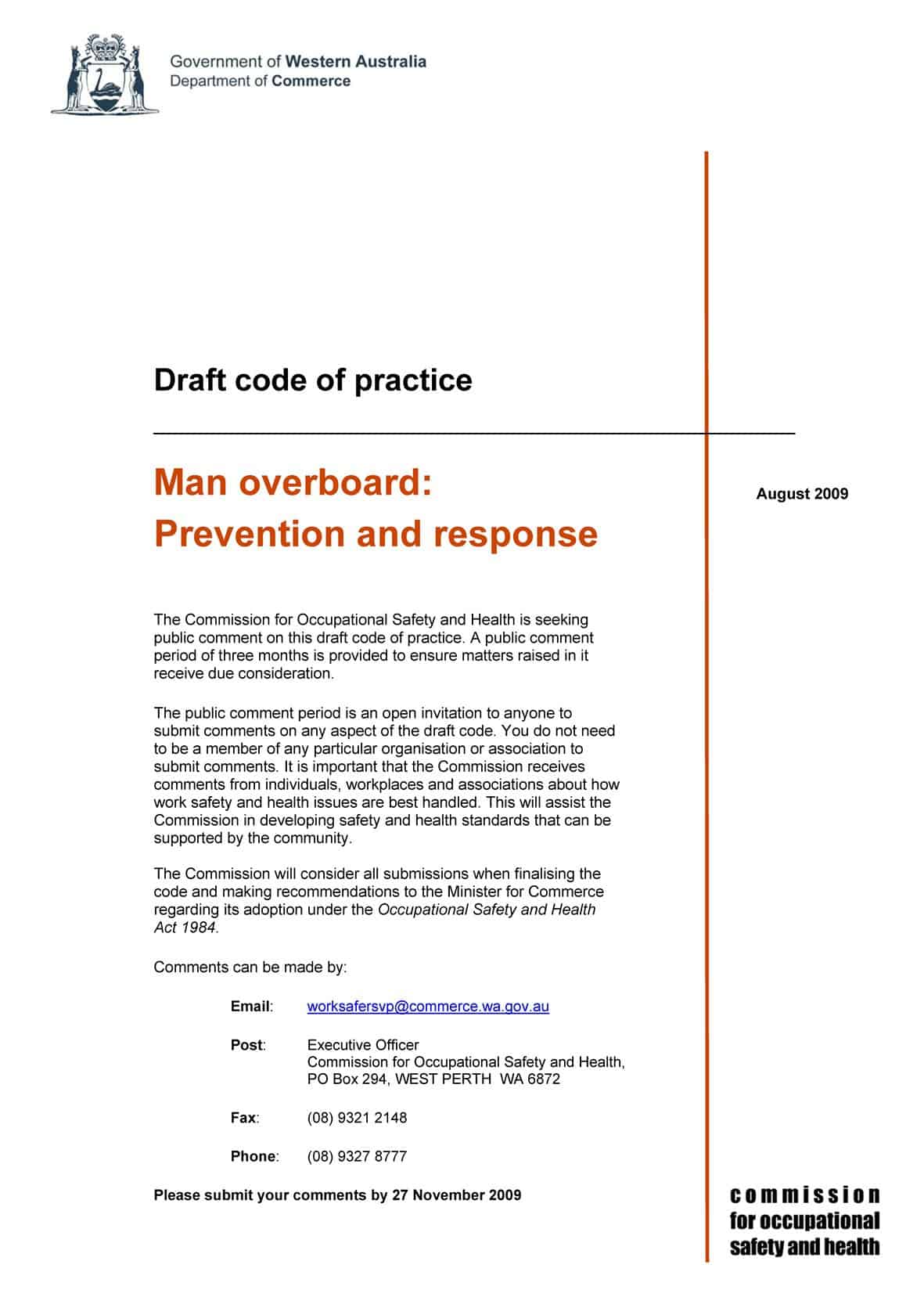According to an article in the Australian Financial Review on 16 February 2010 (only available online through subscription):
“The isolation of working at home or in a small shop or factory by themselves can wear down many in the small and medium enterprise sector. In the most severe cases, it can lead to depression and cause major problems for their family and business.”
Andrew Griffiths provides a quote that illustrates well the work/life conflict in the small business sector: Continue reading “Small business can equal depression, stress and mental health problems”





